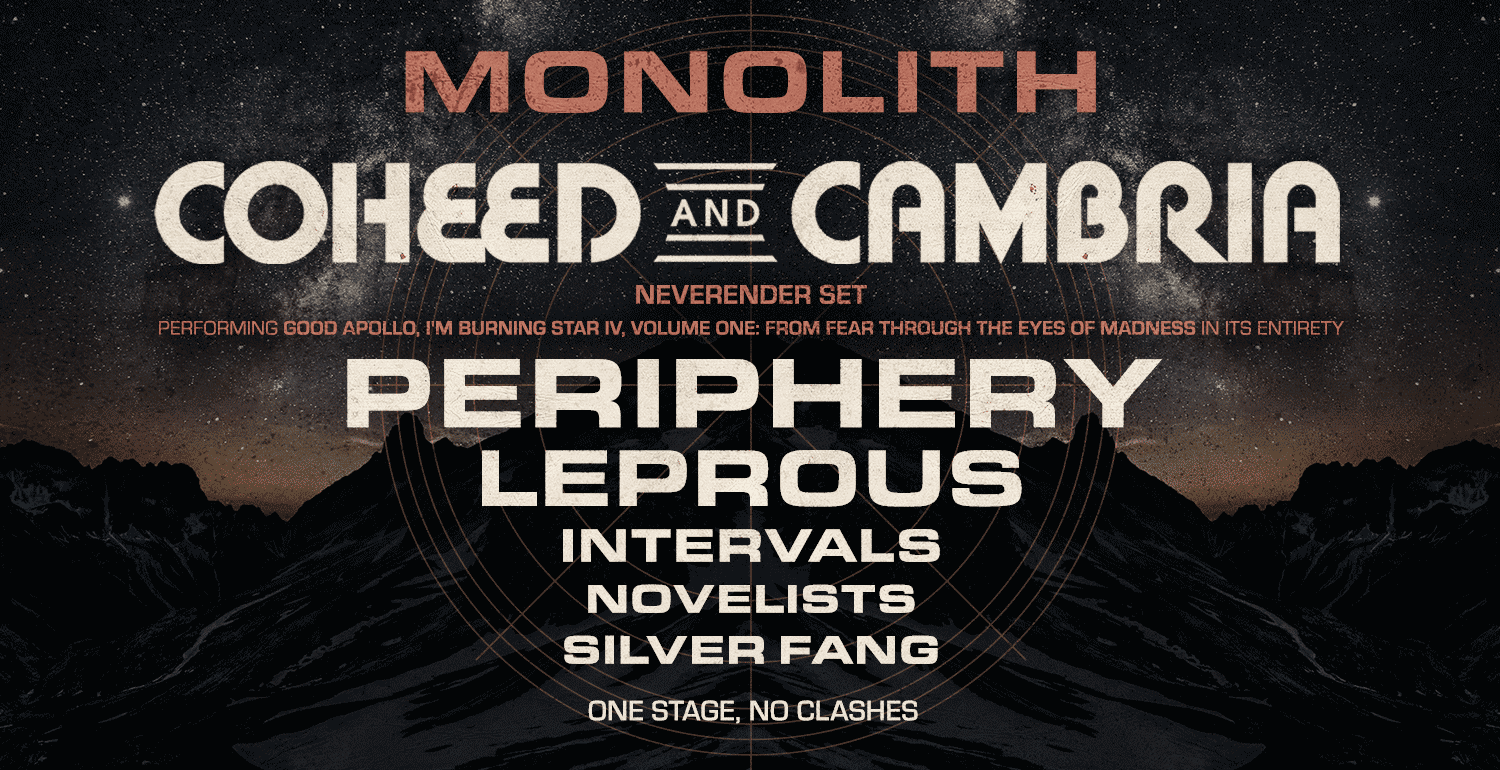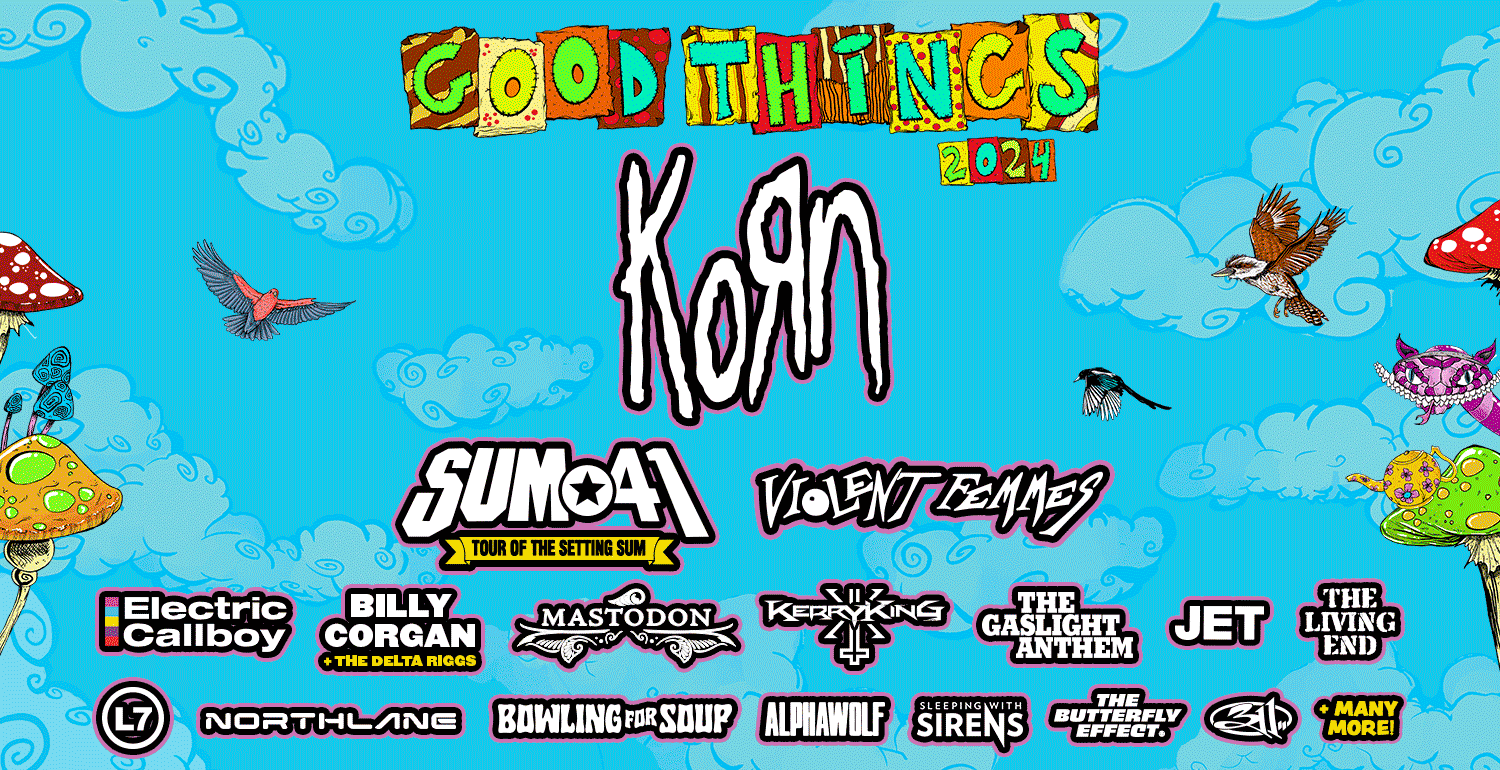By Jonathon Besanko
Welcome back to Geeks In Metal.
In this edition I will be discussing an album that has fascinated me since I first discovered it a couple years ago on YouTube. Released in 2013 via Nartum Music Projects, the uniquely titled Túrin Turambar Dagnir Glaurunga comes from the Italian epic ambient black metal project, Emyn Muil. No doubt many have already guessed by now, but this is a Tolkien inspired band, with Emyn Muil’s sole studio album being an adaptation of J.R.R. Tolkien‘s posthumous work, The Children of Húrin. The story of Húrin’s children was first discussed in The Silmarillion [first published, 1977] and Unfinished Tales [first published, 1980], with the narrative later elaborated upon in The Children of Húrin, published in 2007. The band name itself derives from the Sindarin words (an invented elvish language) for ‘veiled hills’, and is a part of Middle-Earth made up of craggy high hills in the region of Rhovanion. It was the place where Frodo and Sam first met Gollum in The Two Towers.
With Emyn Muil, the influences from the likes of Austria’s Summoning and Norway’s Windir are clear from the outset. With heavy folk influences and an inescapable mood of brooding and despair, the bleak ambience complements the darker narrative of this story; serving, as well, the layered serpentine vocals and faint instruments. Emyn Muil is a one man project created by Saverio “Nartum” Giove (Ymir, Valtyr), and he performs all vocals and instruments for this album. He further completed all production of the album.
Across the record, you are opened to this notion that the album feels as if it were designed to supplement a reading of The Children of Húrin. Key moments come in the music that play off narrative cues from the story itself. This is especially prevalent in tracks such as “The Sacking of Nargothrond”, where, laced throughout the symphonic overtures, can be heard the very faint sounds of battles; the cries of people amidst the carnage; and the deep roar of Glaurung, the first of the dragons bred by Morgoth (the first Dark Lord and Sauron’s master), and who serves as one of two main antagonists in the narrative. It is from Glaurung that the album title is derived. Túrin Turambar Dagnir Glaurunga is a direct reference to Túrin’s last great action in slaying the Great Worm, Glaurung, and the words Dagnir Glaurunga translate to ‘Glaurung’s Bane’ in Sindarin. They were the words inscribed on Túrin’s grey stone burial mound after his death.
In the Middle-Earth legendarium, the Narn i Chîn Húrin, the fictional work of ‘The Tale of the Children of Húrin’, is a very important point in history in the First Age of Middle-Earth. Chronicling at first the defiance of Húrin against Morgoth – following his capture and defeat at the disastrous Nírnaeth Arnoediad, or the ‘Battle of Unnumbered Tears’ – it moves next to the terrible curse laid upon Húrin and Morwen’s children thereafter: that of Túrin and Urwen (or “Lalaith”), the latter of whom died early at the age of 3 from a plague from Angband named the ‘Evil Breath’. Morgoth bore a deep hatred for Húrin and anyone related to him, for Húrin was the only man to defy him… a god.
As described in the opening track, “Túrin Son of Húrin”, Túrin is the protagonist of this story (alongside his half-sister, Niënor). In the lyrics, it tells of Túrin’s flight to Doriath – land of the Sindar elves of Beleriand – as a boy.
the path is gloomy and your fate leads you astray,
from your home and heart you were forced to leave far away
Sent there by his mother Morwen (who had feared for her sons capture, as it had been with her husband), Morgoth’s shadow would continue to follow Túrin for the rest of his adult life. This ‘shadow’ is the perfect adjunct to the introspective and folkish black metal that layer this album.
Throughout the record, small elements (such as the use of Húrin’s battle cry with “Aure Entuluva”) are presented throughout which bring Emyn Muil’s opus to life. These elements add to the depth and layered dynamics of the album, with the organic melodies and coarse music that enters your ears serving to create a wonderful sense of the events unfolding around you. It puts you there amidst the bleak lines of hope, and sets you at unease; unsure of how things will turn.
“Mîm’s Betrayal” is another strong example of where the music and the narrative meet in a tonal sense. The song tells through an instrumental of Mîm the Petty-dwarf, a character Túrin and his friend and ally Beleg come to meet. Harbouring a deep-seated hatred for elves (especially Sindar), Mîm would betray them to Morgoth and tried to murder Beleg. The music reflects the sinister nature of Mîm’s deception with its dark and weaving instrumental undertones. It sets a tonal shift in the album that lay the seeds of what’s to come. The chaotic nature of “Dark Riots from Angband” flow into the faint hope of “Gurthang”, before “Path of the Doomed” describes the result of Mîm’s betrayal, where their former stronghold of Amon Rûdh is lost. Over these songs, you’re met with a variety of interesting musical phrasing and dynamic alterations: from engaging, symphonic parts to sinister keys and harsh, pained vocals from Nartum that wail like the shrieks of the Orcs at Túrin’s door.
Amidst the cold orchestrations and harsh vocals of “Death of Glaurung”, you truly feel the exhaustion and weight of Túrin’s plight as he does battle with this terrible creature. Midway through as the symphonies rise, you witness the heroic defeat of the Great Worm by Túrin’s hand. But it too would cost Túrin more than his life, as Glaurung’s blood burned like venom and so too did the truth…
Dying in the night it told the truth,
of the doom he left behind.
He realized what he had done,
his pain led him to death.
With his incestuous relationship with Niënor made true, the two each take their own lives.
As the mournful guitars and orchestrated parts rise over the despairing vocals in “Hail to the Black Sword”, the album closes out on a sombre note, telling of the great hero Túrin, the Slayer of Glaurung, remembered no more; lost to the “hill of sorrow” where “rain flows on [his] grave, like tears from the sky”.
Soon in the end, you’ll leave from this land,
Hear the call of death, and die by your hand.
Túrin Turambar Dagnir Glaurunga is an inspired and thought-provoking work. There are few moments that feel weak to me when I listen through this album, with the only time the narrative seems a tad awkward being in the rather clichéd evil laugh used for Morgoth at the tail-end of “Arise in Gondolin”. It is one moment in what is otherwise a poignant and respectful ode to the late writings of J.R.R. Tolkien.
https://www.youtube.com/watch?v=b8NYv4BoyV0&index=1&list=FLgtcuEF88lnIdbQLXStMlVQ
Tracklist:
1. Túrin Son of Húrin
2. Aure Entuluva
3. Arise in Gondolin
4. Mîm’s Betrayal
5. Dark Riots from Angband
6. Gurthang
7. Path of the Doomed
8. The Sack of Nargothrond Death of Glaurung
9. Death of Glaurung
10. Hail to the Black Sword













